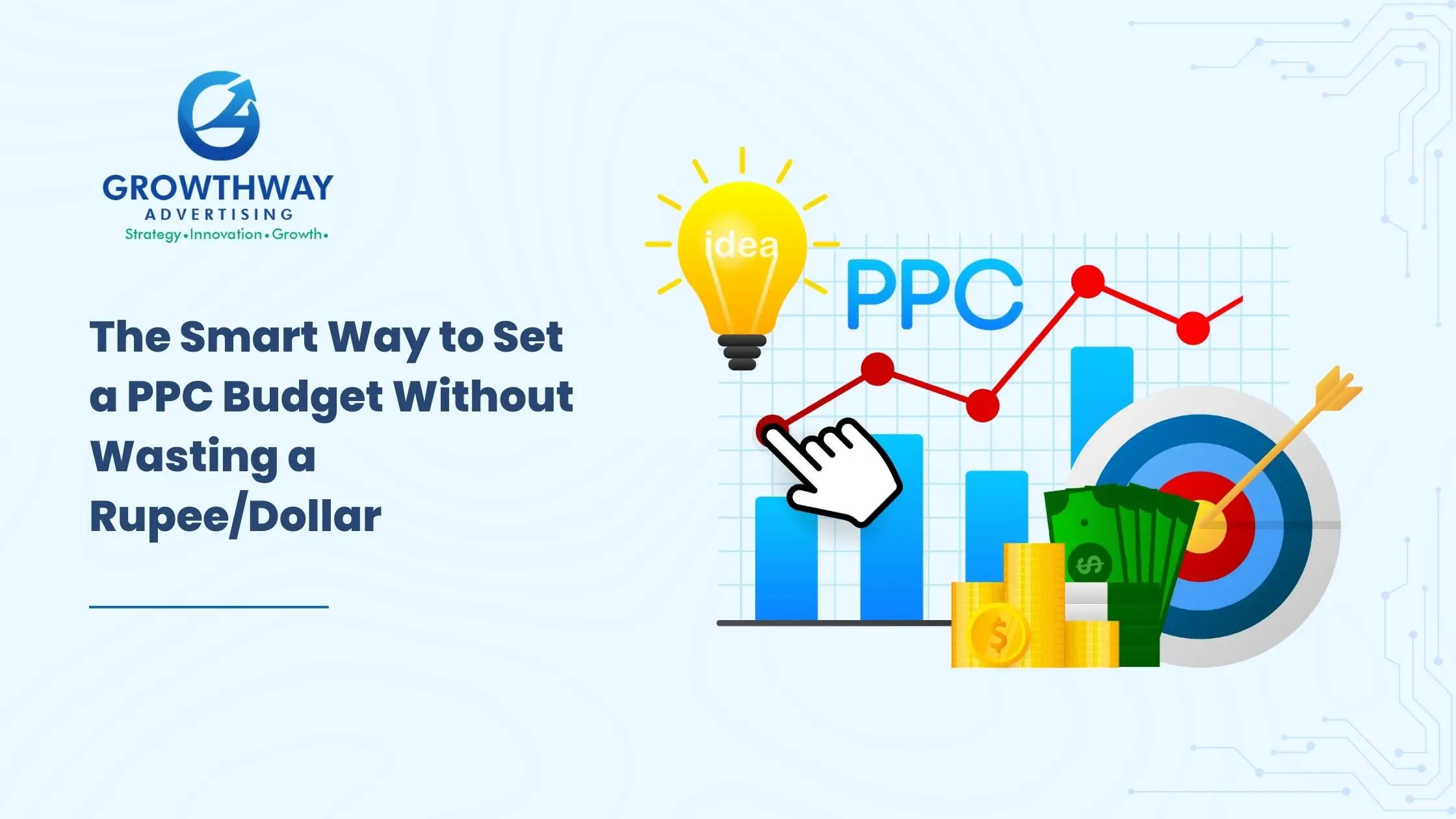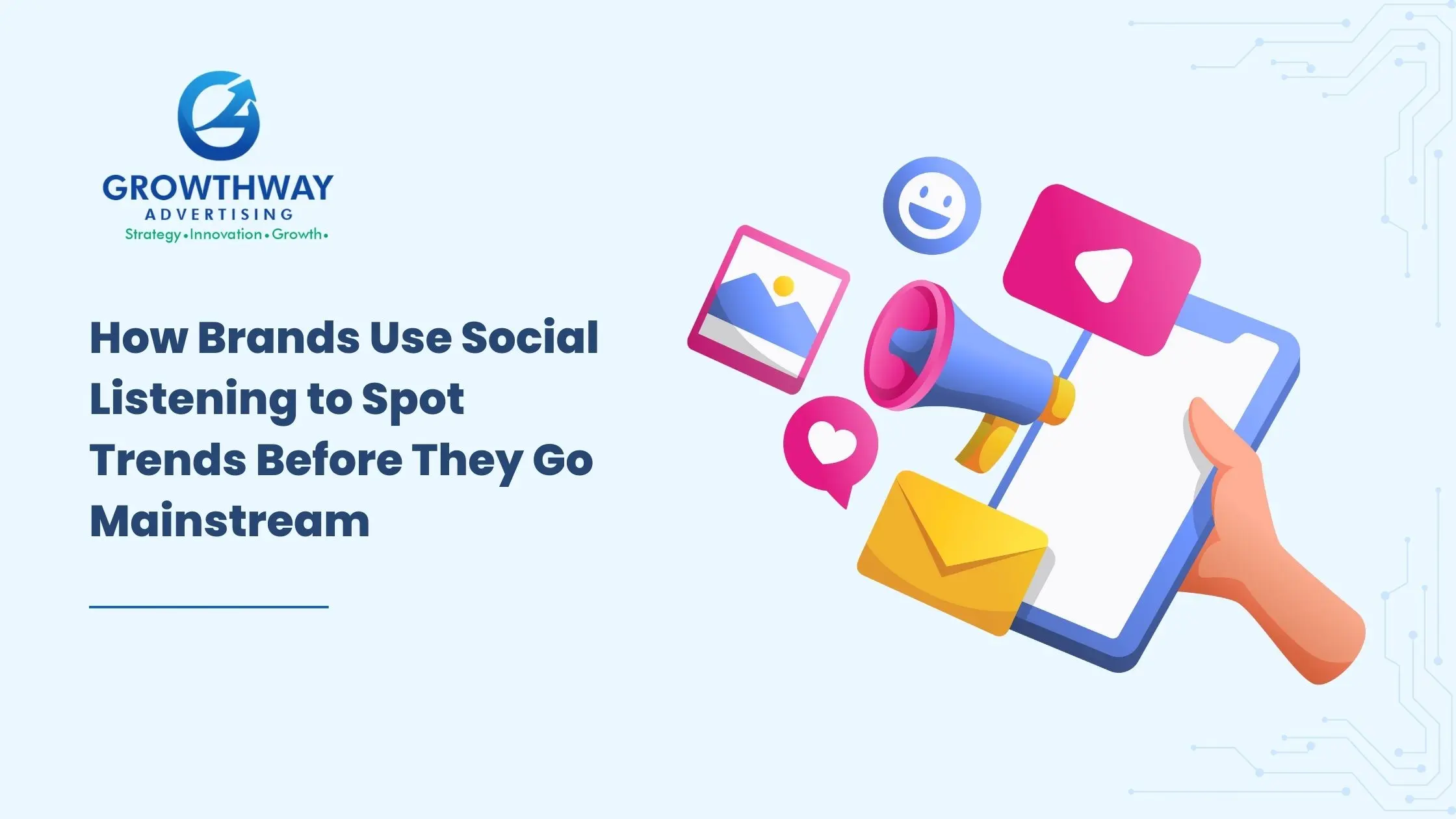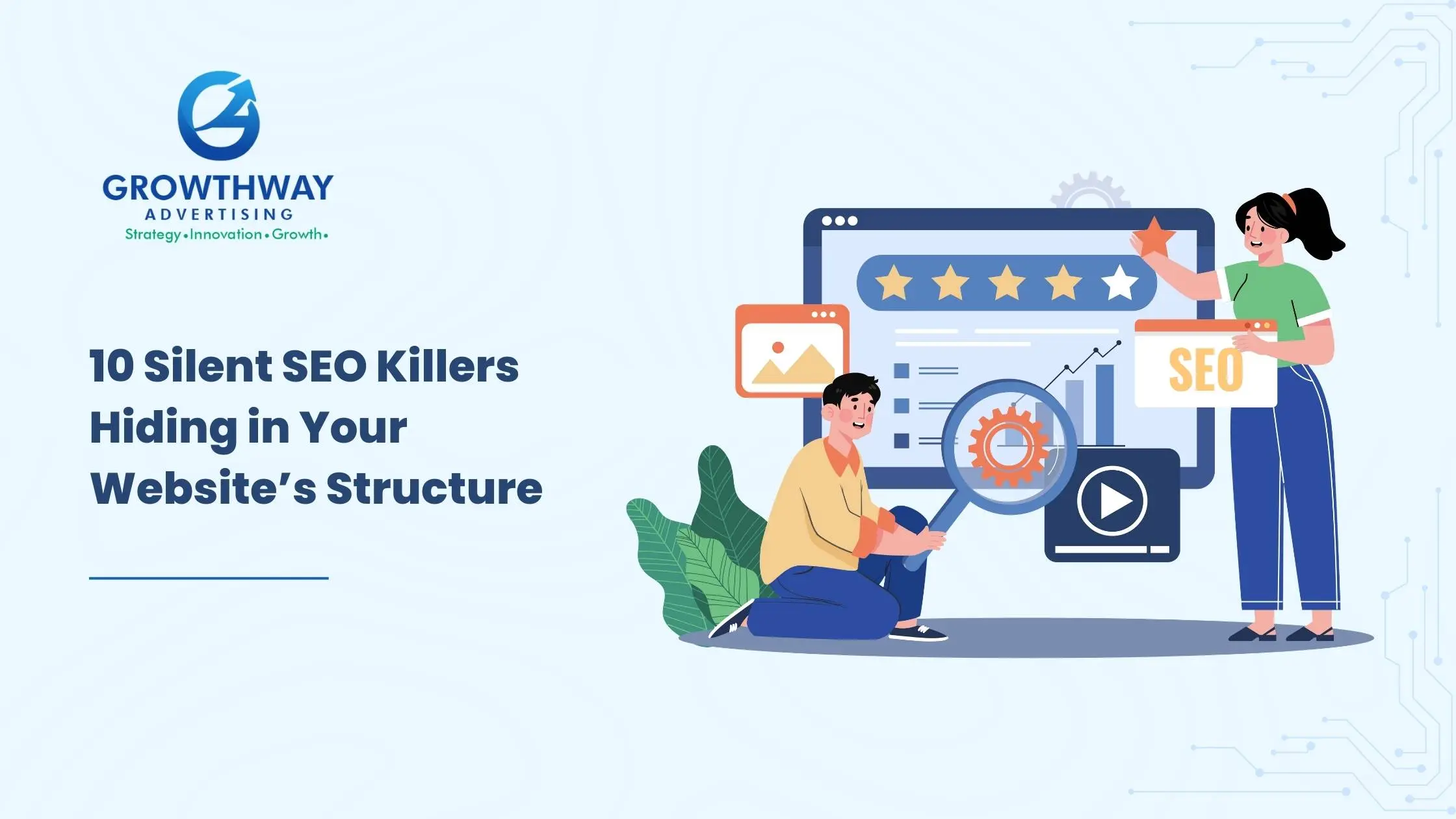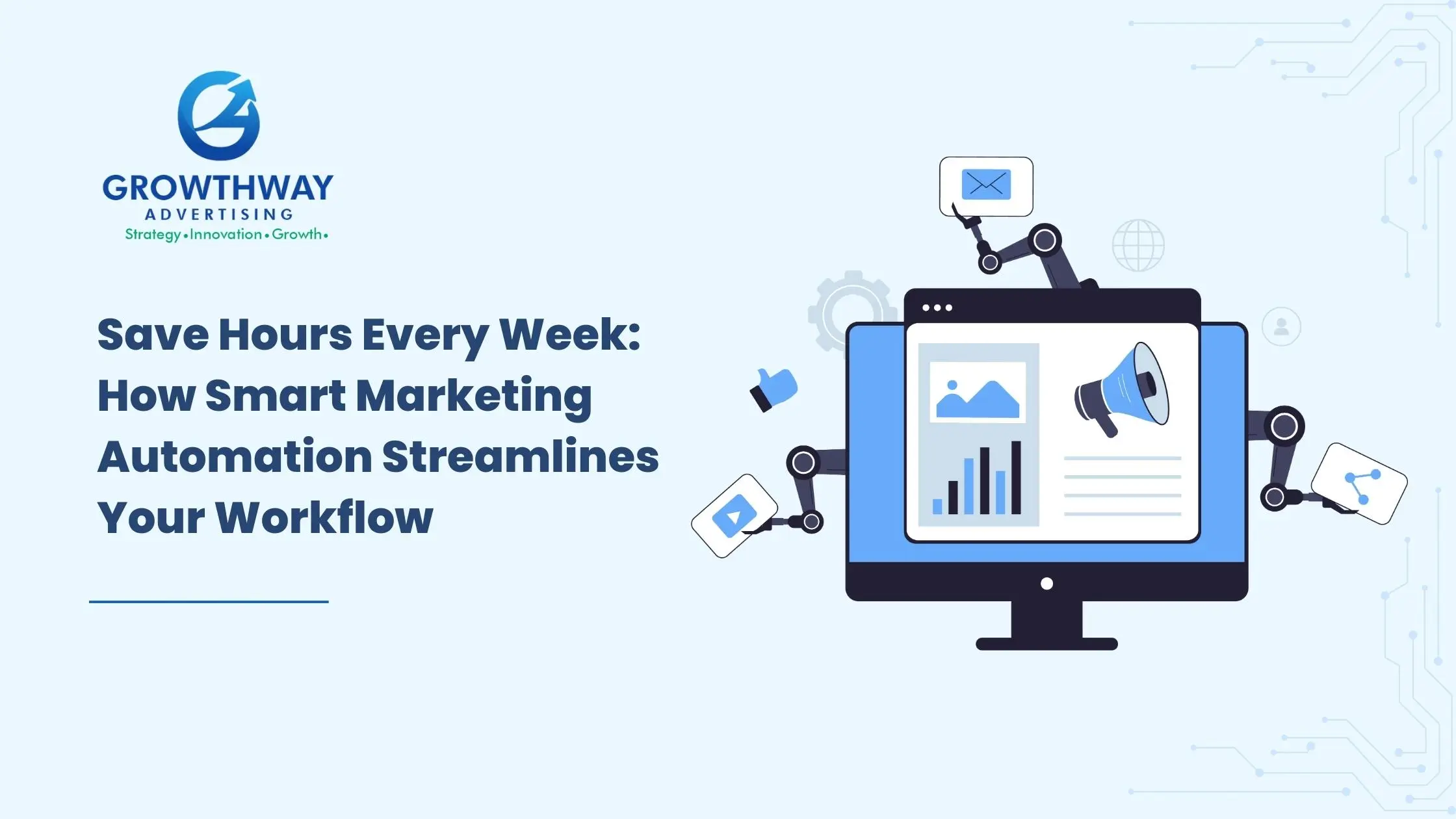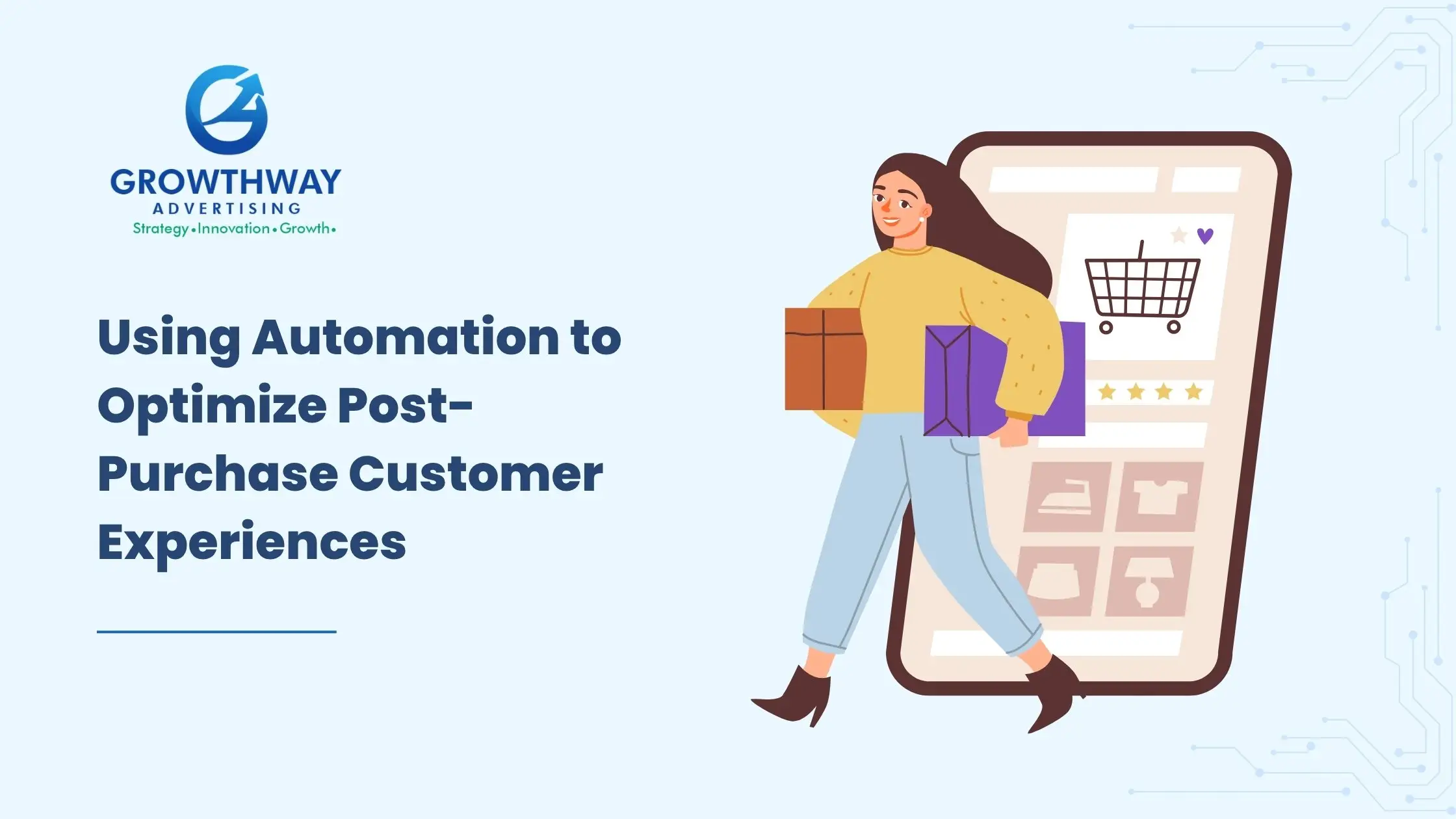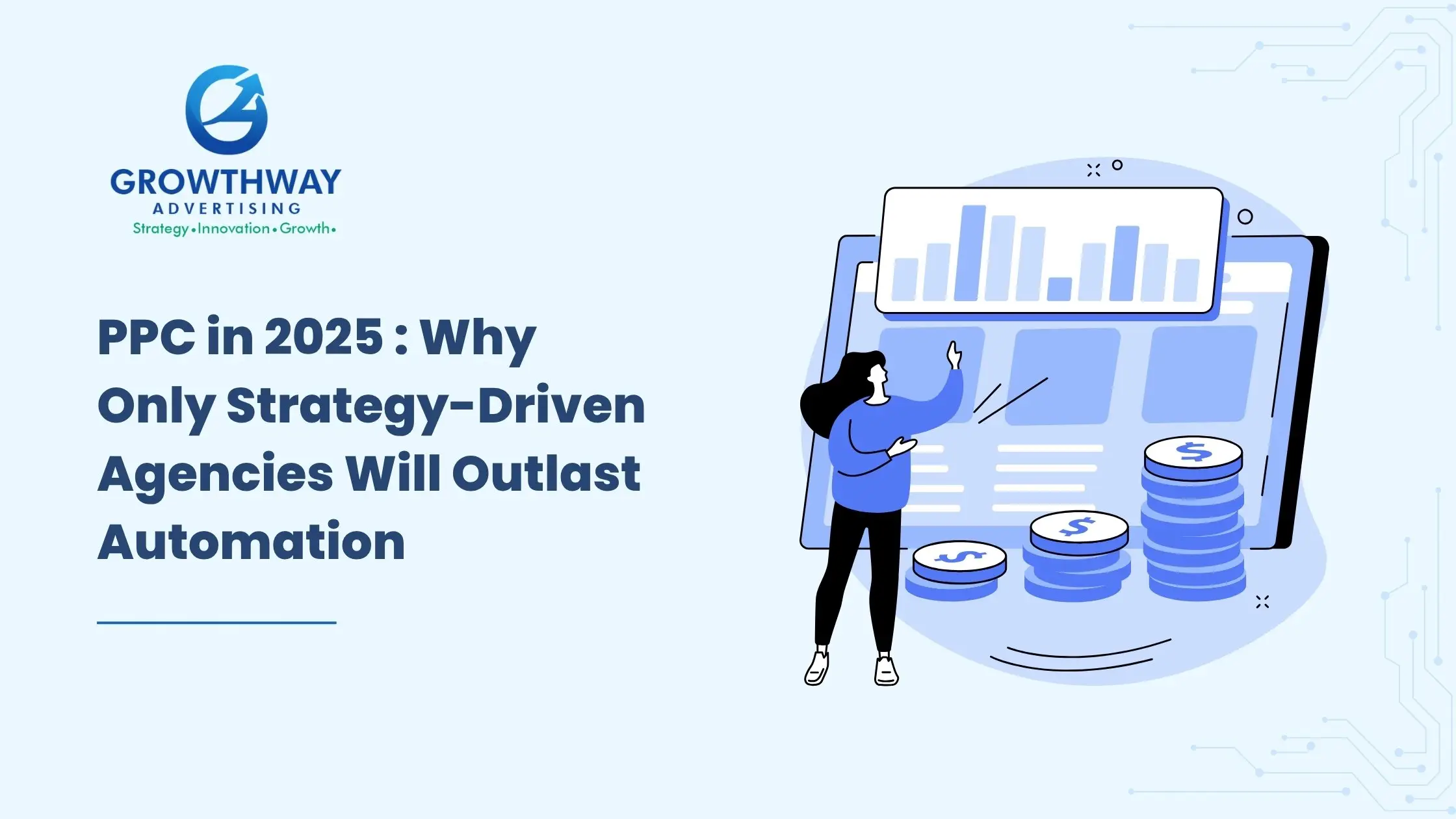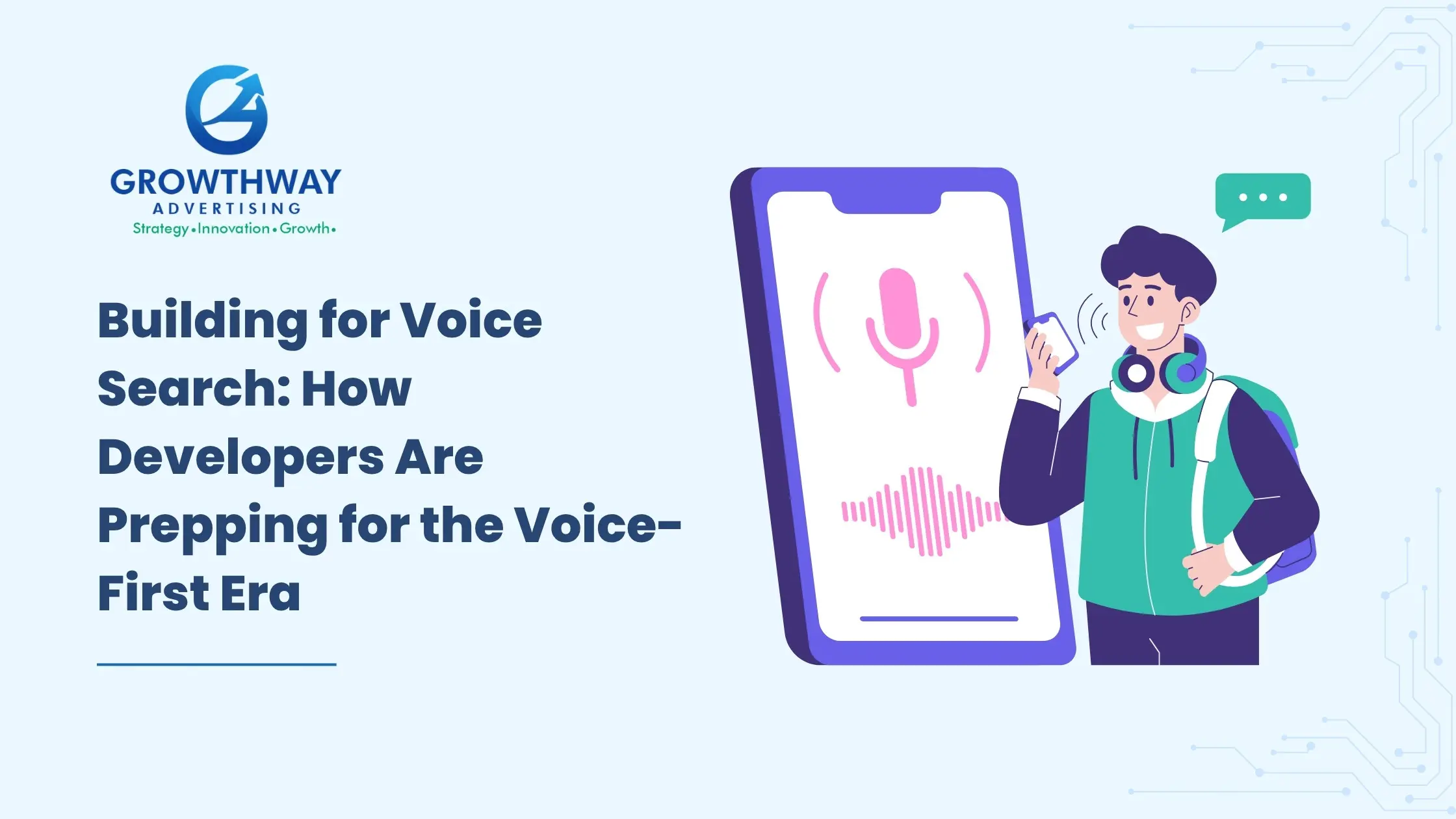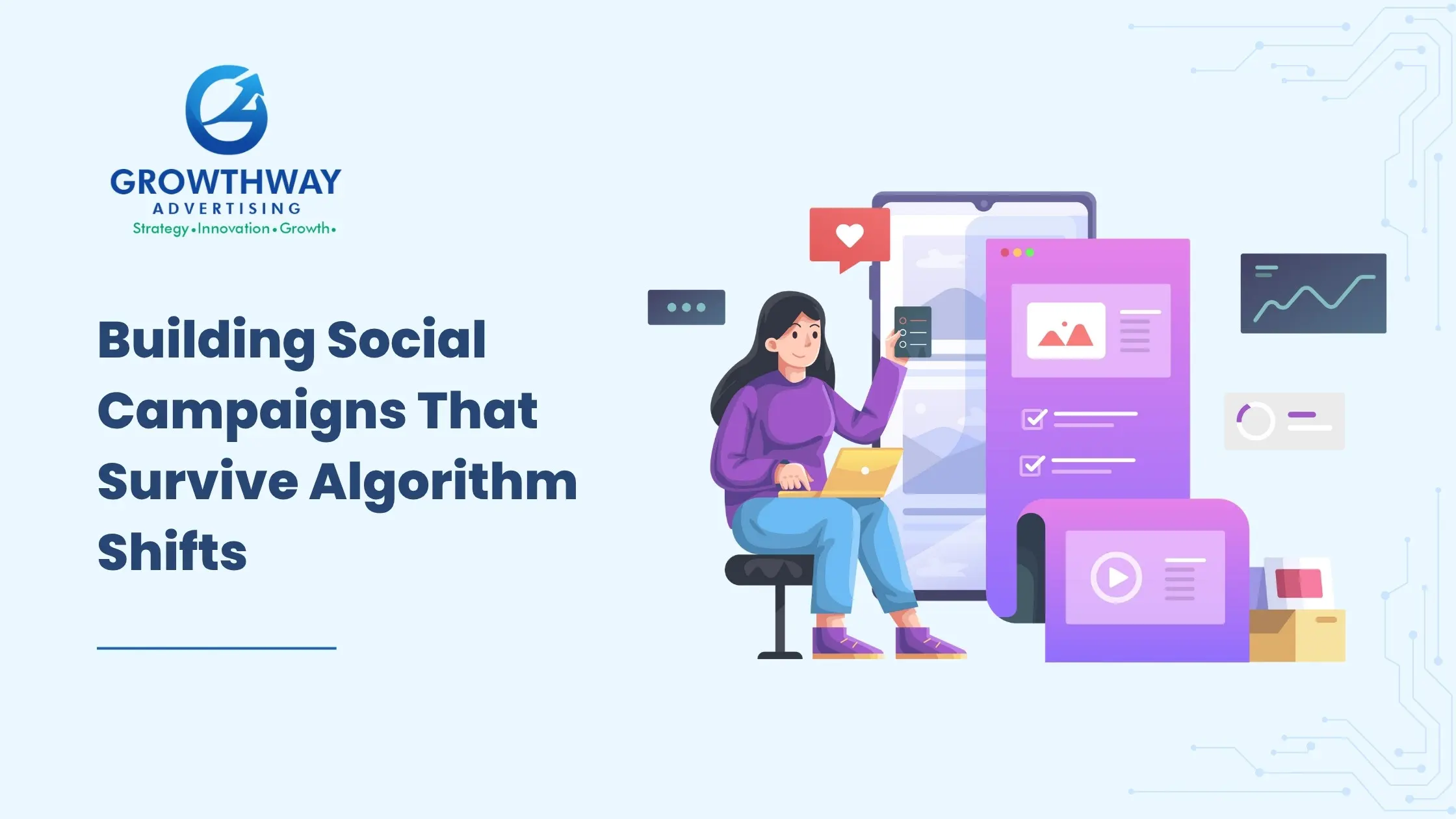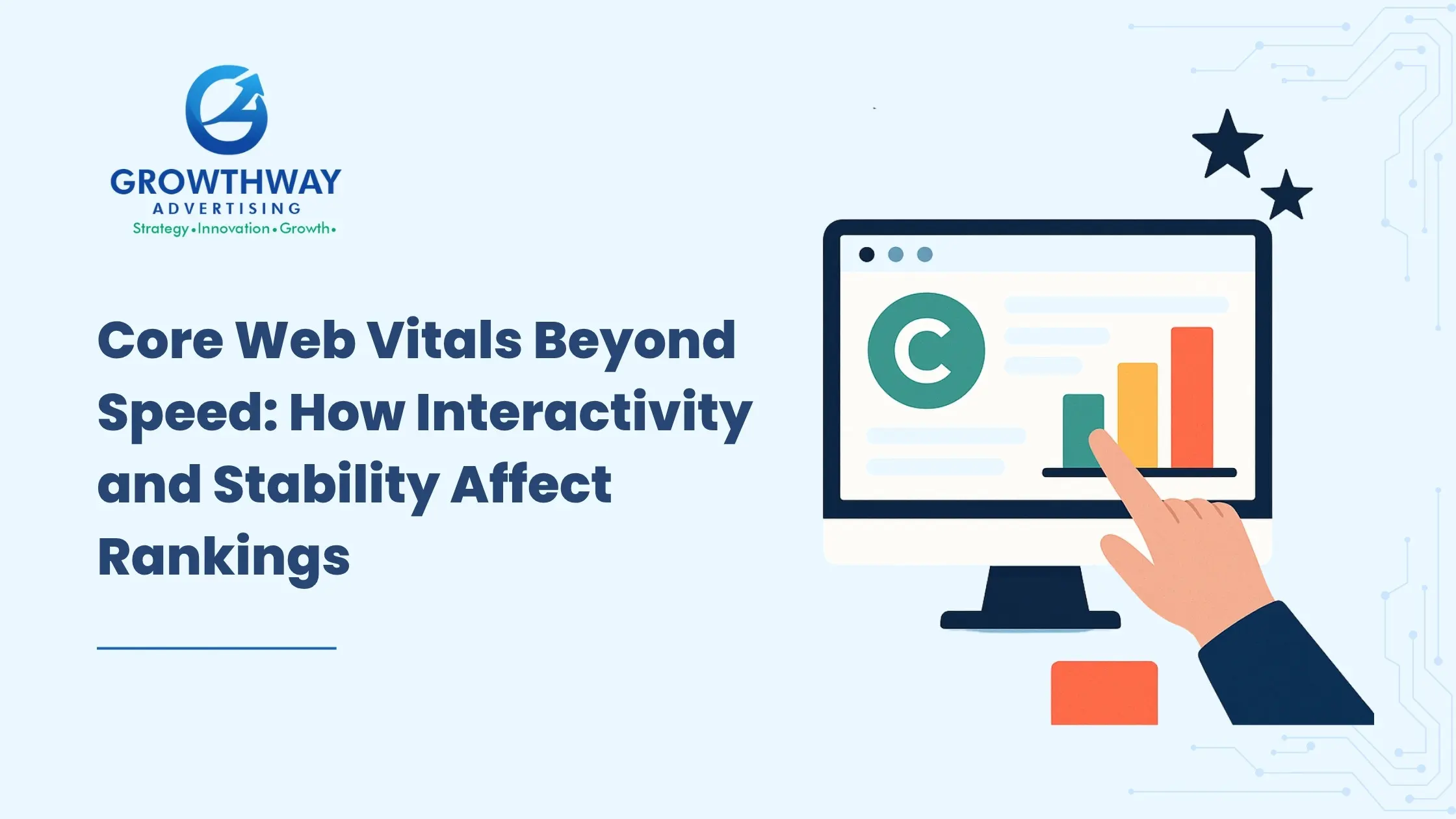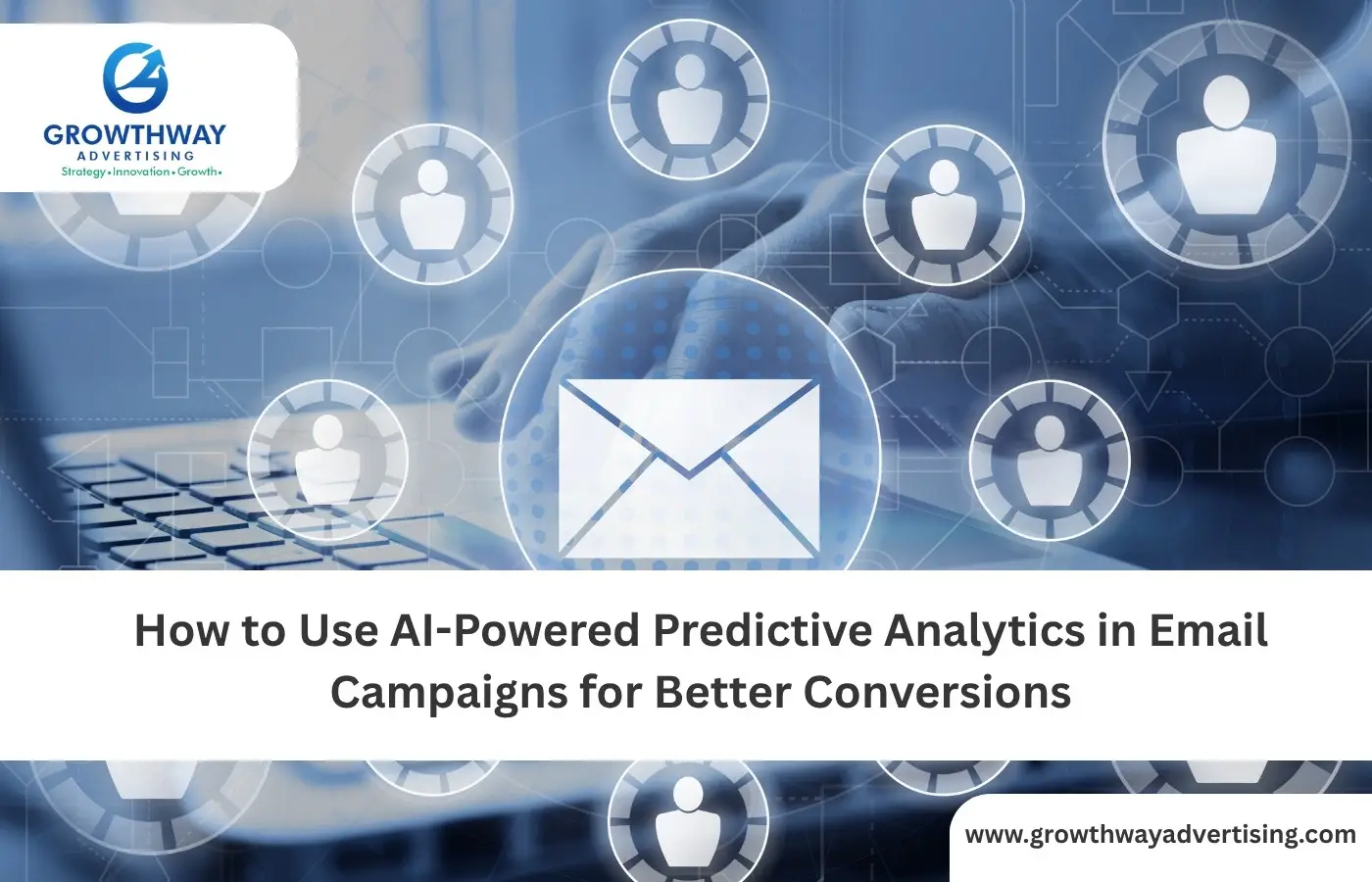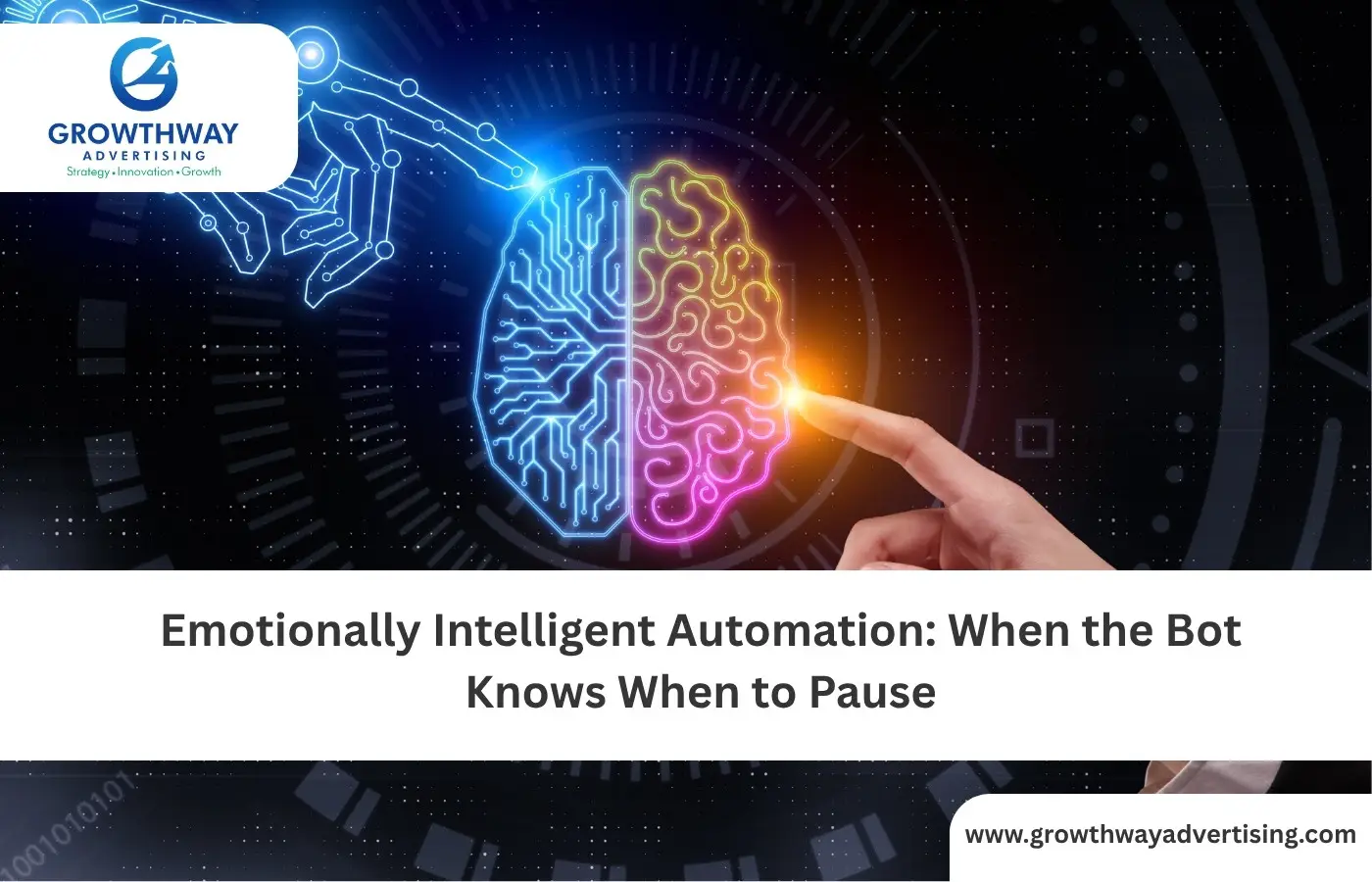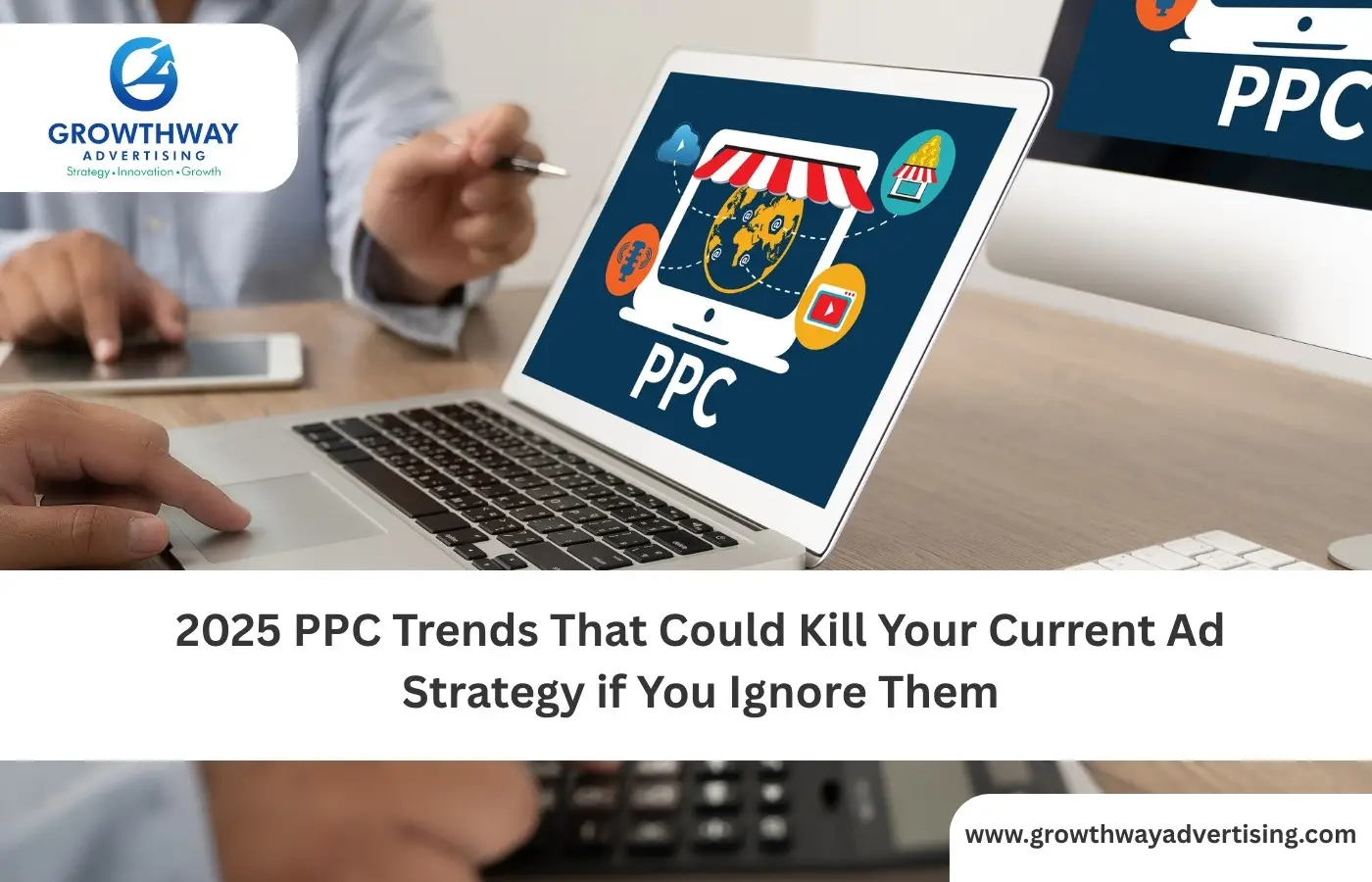In today’s competitive e-commerce world, using automated email campaigns is essential. They can add more strength to your selling strategy. Whether it is making loyal customers or retrieving lost prospects of the sales, automation in email marketing is leading the successful strategies of digital sales.
However, as automated workflows become more popular, some practices fall by the wayside. These practices could lead to better overall results. Here’s a detailed guide for practitioners. It includes the best practices, new trends, and missed chances in e-commerce email automation for 2025.
Why Invest in Email Marketing Automation?
Implementing email marketing automation gives e-commerce operators the capability to scale personalization, respond in real-time to customer actions, and make the most out of each micro-moment. Automated campaigns, like abandoned cart recovery and welcome sequences, can bring great returns with little extra effort. This holds true when you set them up correctly. These are some of the short term advantages:
- Consistent Engagement: Scheduled and triggered workflows ensure regular, targeted communication.
- Smart Segmentation: Applying audience filters (like purchase history, engagement patterns, and interests) optimizes relevancy.
- High ROI: Email remains a cost-effective channel; automation compounds these gains.
- Actionable Insights: Every campaign generates testable data for ongoing optimization.
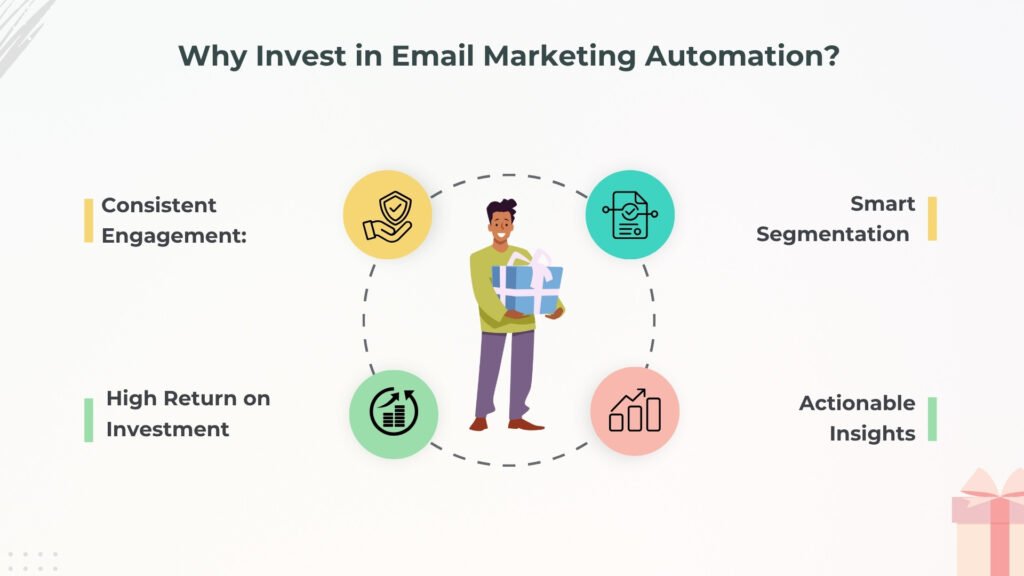
Essential Automated Email Workflows
Modern e-commerce relies on key automated processes. These processes aim to reach customers at any stage of their buying journey.
Automated email workflows
Such sequences are created in order to react to particular events or inputs:
- Welcome Series: The first impression counts. Automated welcomes set expectations, introduce your brand, and can even encourage the first purchase.
- Abandoned Cart Recovery: A must-have for reducing revenue leaks. Gentle reminders, personalized images of forgotten products, and timely offers can help recover many lost sales.
- Post-Purchase Follow-ups: Thank customers, offer support, suggest complementary products, or request reviews.
- Win-back campaigns: Automation can re-engage lapsed buyers with special offers or content, rekindling the customer relationship.
Abandoned cart recovery and win-back campaigns are particularly effective at boosting conversion rates, often producing impressive returns with the right timing and messaging.
Best Practices for Automation in Email Marketing
Automating email marketing strategies is all about strategy and being customer-focused. To post as effectively as possible here are some ideas:
Personalize Beyond the Basics
Personalizing Personalization means much more than entering a first name. Use smart segmentation in all parts; time, content, product images and suggestions.
- You should base product recommendations not just on past purchases, but also on browsing behavior and predictive analytics.
- Use dynamic content blocks within emails to display relevant images, offers, and calls-to-action automatically.
Optimize Triggers and Timing
- Apply send time optimization to reach the customers at the time they are likely to engage.
- Fine-tune triggers (ex: time elapsed after cart abandonment) with testing and analytics.
A/B Test Everything
A/B testing should be ongoing, even in subject lines, or CTA placements. Test throughout entire core segments and workflows and in particular abandoned cart recovery and win-back campaigns.
Design for All Devices
Default should be mobile-responsive design and scannable, readable layouts. Focus on:
- Strong visual hierarchy
- Legible fonts and padding
- Clickable, well-placed buttons
- Minimal, purposeful imagery
Maintain Hygiene and Compliance
- Maintain hygiene of the list by scrubbing inactive members.
- Make sure to always adhere to privacy regulations (GDPR, CAN-SPAM); consider providing an unsubscribe feature in all messages.
- Validating new subscribers is done using double opt-in.
Content Relevance
- Use audience discovery and behavioral targeting to make offers to finer segments.
- Employ preference centers so your subscribers can direct you as to what, when, and how frequently, they want to hear.
Advanced Strategies: Beyond the Fundamentals
Here are the advanced tactics consistently missed, but increasingly vital for true email automation mastery.
Email-driven Pricing Optimization
Automated workflows and adaptive pricing can boost sales. Sending custom discount codes or price drops to individuals can greatly improve conversion rates. Deal-driven shoppers made these purchases, while cart abandoners showed actions based on behavioral drives.
Deep Technical Integration
While plug-and-play solutions are popular, full integrations with custom e-commerce systems offer more customized automation. This includes real-time inventory updates, price monitoring alerts, and back-in-stock promotions. Maybe use APIs to exercise the greatest amount of control and automate creativity.
Diagnostic Deliverability Analysis
There are many basic tips for improving deliverability. However, there is little information on how to find the root causes. Don’t ignore it when automated email messages do not arrive in the main mailbox. Check for complaints about spam, blocklists, and sender reputation. Use dedicated tools to get detailed information.
Granular Localization
Do more than translating the language- tailor the campaign creative to local holidays, payment options and cultural tastes. Introduce segmentation by geography and customize emails to regional norms to be as resonating as possible.
Cross-store Comparative Analytics
Very few brands have a system in the benchmarking of automation outcomes by direct competition. Get or hire someone to research the open rates, click-through rates, and ROI levels in your subcategory. This will help you understand the data and take action.
Risk Management: Avoiding Over-automation
Be wary of “automation fatigue.”. Abundance of touchpoints will overwhelm and irritate the subscribers and can end up in unsubscribes or damaged brand perception. All active workflows should be reviewed regularly. This includes the full mapped customer journey. The goal is to remove redundancy and create the best message timing.
Choosing the Right Email Marketing Services and Partners
The decision of whether to employ an email marketing agency, choose powerful email marketing companies, or even develop in-house is a real difference maker when it comes to campaign results.
- Find a solution that features highly automated builders, smart segmentation support, inbuilt A/B testing tools and analytics real-time dashboards.
- In case of outsourcing, you should choose an email marketing company, which possesses profound expertise in the field and a successful track record in the automation of e-commerce.
- When ranking vendors, look for those that match your e-commerce needs. They should have a support team ready to help with technical integration, compliance, and delivery issues.
Future-Proofing: Preparing for Emerging Trends
Stay ahead by exploring trends already shaping the future of automated email campaigns:
- AI-powered automation is pushing boundaries with predictive send times, content optimization, and even generative subject lines.
- Interactive emails (like surveys, shopping carousels, and direct checkout) are erasing friction and improving engagement rates.
- Zero-party data data freely and intentionally shared by customers via quizzes or preference centers is now critical for hyper-targeted, privacy-compliant automation.
FAQ’s
1. What is email automation in e-commerce?
Email automation refers to using technology to set up pre-defined automated email workflows that are triggered by customer actions or timelines such as signups, purchases, or cart abandonment.
By automatically sending targeted communications like abandoned cart recovery, promotional product recommendations, and win-back campaigns brands can recapture lost sales and nurture repeat purchases.
Smart segmentation divides your audience based on behaviors, preferences, demographics, or purchase history. It enables precise targeting: for example, you might send special offers only to VIP customers or recommend accessories based on previous orders making campaigns more relevant and effective
Most email marketing automation platforms allow you to trigger emails when a shopper leaves items in their cart but doesn’t complete checkout. Effective abandoned cart workflows might include:
A reminder message soon after abandonment
A follow-up email (possibly with a discount incentive)
Final reminder before removal from workflow
Personalization (for example, product recommendations) increases open rates, click-through, and conversions by showing shoppers products they actually want based on their browsing or purchase data.
Monitor key metrics like open rates, click-through rates, conversion rates, and unsubscribe rates. Use A/B testing and analytics from your email automation platform to continually refine segmentation, timing, content, and triggers for sustained improvement.



